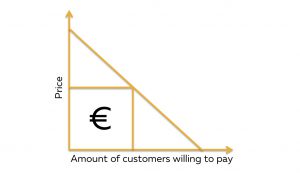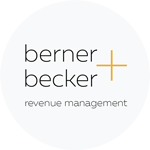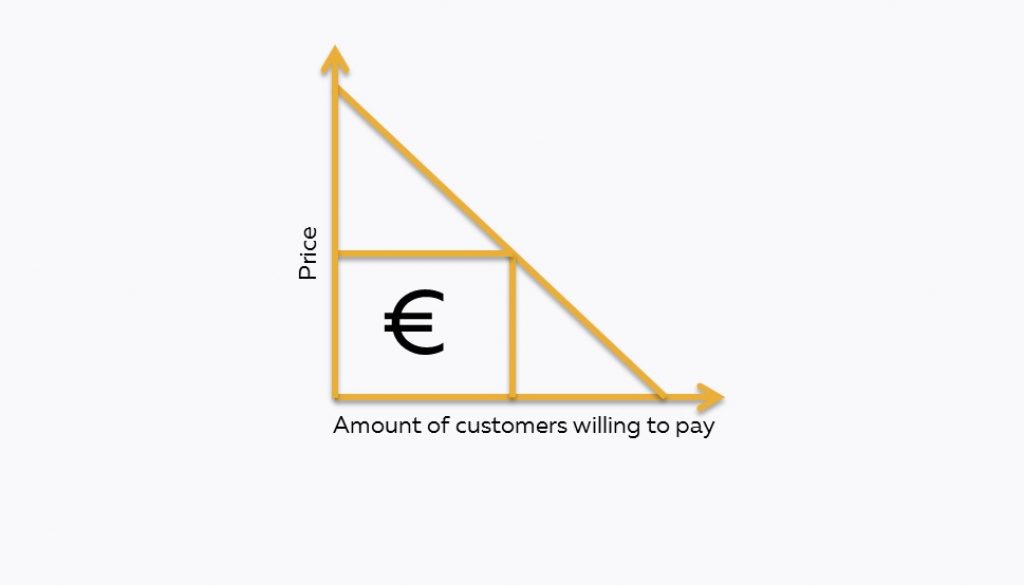What is Revenue Management and when does it have an impact?
I know it is lame, but the standard definition simply has to be mentioned: Revenue management is selling “the right product to the right customer at the right time to the right price” (Cross, 1997). Furthermore I would like to add; through the right channel.
The above definition is correct but leaves out some additional information important for the basic understanding. Reading out the above phrase to someone unfamiliar with the concept, would not necessarily make them any wiser.
Reading the book of Robert Cross (1997), “Revenue Management: Hard-core Tactics for Market Domination”, he also throws in another interesting explanation: “Revenue Management is the art and science of predicting real-time customer demand at the micromarket level and optimizing the price and availability of products”. Now this might seem even more confusing, but the message brings forward one of the most vital parts needed to grasp the essence of what revenue management is all about; selling the right amount of products to prices based on your customers willingness to pay. Traditionally in consumer goods you normally look at what your manufacturing cost is, what margin you wish to have, and based on that you set your price. Revenue management flips that concept around and instead looks at what the customer is willing to pay for a certain product, what margin you wish to have, and based on that decide what the product can cost to manufacture. In this aspect revenue management as such can be applied to any industry or product. But sophisticated revenue management techniques that we today see in airlines (where it once started in the late 1980s), hotels, rental car companies etc., is taking this to the next level and selling different prices to different customers for the same product, all based on their willingness to pay.
I normally try a simpler explanation to friends, family and other people I meet that wonder what on earth I actually do for living. To them I usually say: –“Take a TV, if the store doesn’t get it sold today, they can close the store, leave the TV on the shelf overnight, open again tomorrow and sell it then”. With a technical hardware such as a TV considering its product life cycle, the store has a couple of months to get it sold before it “perishes” in the eyes of the consumer. –“Now take a hotel room for example. If the hotel doesn’t get a room sold on that specific night the 25th May 2016, that hotel room can never be sold again, it is lost revenue forever. Hence the question is; do I sell all my 100 rooms to 50eur or 1 room to 5.000eur? My job is to find that perfect balance in between – maximising the profitable revenue for the hotel”! The more perishable product you sell, the larger variation possibilities you have in your pricing and customer segmentation.

Now that we have established a base of what revenue management is – when does it have an impact? The short answer would be: If you operate in a market where you have clients with a different willingness to pay – revenue management will make an impact. The trick is how to practically do this. Needed for sure is to carefully analyse your target groups and sell your product according to their willingness to pay. It is not only about having different prices on different days, but also within each day to sell the optimal prices to the optimal set of customers, i.e. having a right segmentation mix. If a hotel has not paid attention to such practice before, there is certainly a large impact to be made from revenue management. Even more so if you operate in a market with a lot of incremental demand.
The risk of having an unhealthy segmentation if you haven’t applied revenue principles in the past is rather big. Just as one example, I often see hotels full with rooms occupied from low paying corporate clients with last room availability contracts (LRA) or big groups from agencies who booked large part of the inventory for low prices to fairs. The impact coming from change to a healthier segmentation mix can be big and make the difference between a black and a red number on the bottom line. Imagine a hotel where you manage to shift 20 rooms per weekday from corporate rates paying 80eur incl breakfast to BAR rates paying 159eur through your website – that is 79eur extra per room, 1.580eur per day, 7.900eur per working week and amounting to 237.000eur assuming 30 full business weeks per year. That is ADR straight down to the profit line, and can be done by applying simple revenue management techniques of careful displacement analysis enabling the right contracting decisions.
For just a 22 room hotel close to a major fairground we managed to increase room revenue by more than 150.000eur from one year to another. The key was forecasting to predict demand and booking patterns, and further yielding inventory and prices based on the forecast outcome.
Big changes can happen for small hotels, as long there is potential in the market! A good starting point to judge the potential in the market is to compare your hotel to the competition and having a close look on your market share.
Would you like to know more about how revenue management positively could impact your business – get in touch with berner+becker and let us unlock your revenue potential!
References:
Cross, R (1997) Revenue Management: Hard-core Tactics for Market Domination (1st Edition). New York: Bantam Doubleday Dell Publishing Group Inc.




